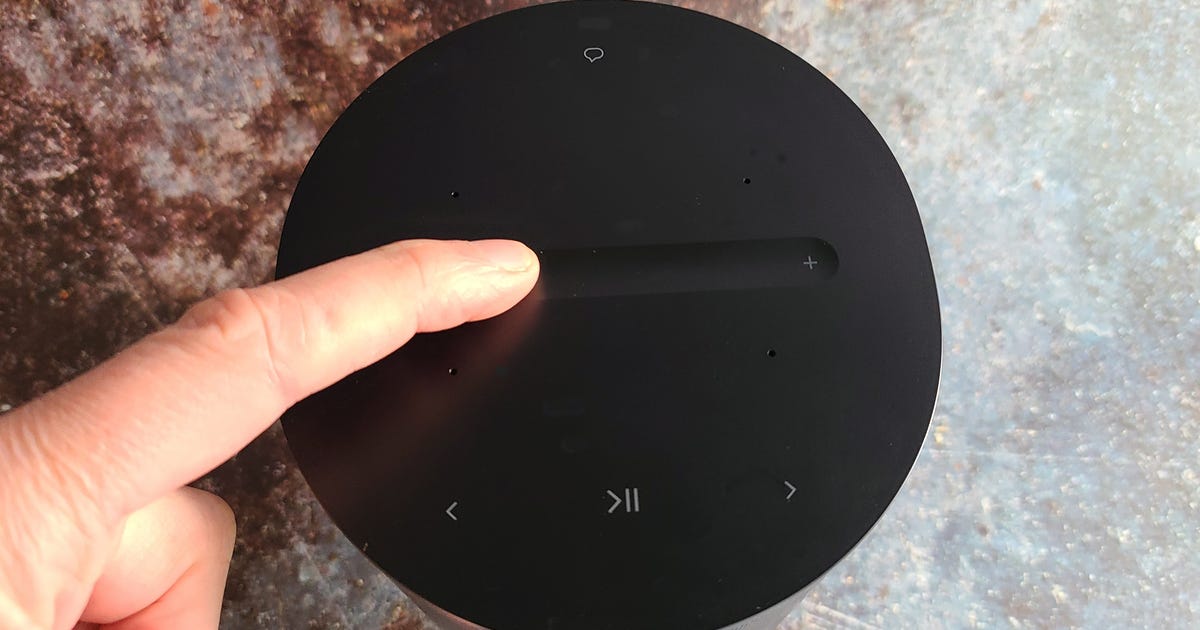commentary No matter what kind of pro-consumer spin the Government tries to put on it, the changes to the media industry announced by Communications Minister Helen Coonan last week will hardly have the punters revved up about entering a new “digital age”.
The biggest carrot in the proposed legislation is the release of two new digital channels which could provide up to 30 news, information and entertainment services delivered to mobile phones, TV and computers. Additionally, the national broadcasters ABC and SBS, as well as the three commercial TV networks, will each get a new digital multi-channel to show more programs.
And instead of having to simulcast the same programming on their standard and high-definition channels as on their analogue service, the networks will be able to offer different programming on their HDTV channel from next year. In 2009, they will be able to add a second SDTV channel and from the analogue switch off date, which has been pushed out yet again to 2012, there will be no limits on the number of channels the networks can offer.
All good news in theory, but as anyone now subscribed to a pay TV system can tell you, more content does not necessarily mean better or compelling content. It remains to be seen what exactly these new digital channels will deliver.
The reason for this scepticism is that the legislation ties the introduction of a fourth network competitor to the now further away analogue switch off. Without the threat of a new and aggressive competitor, the established commercial networks are hardly going to innovate or develop new media content or services that will in any way eat in to existing revenue streams.
Live broadcasts of sporting events, key to driving digital TV in this country, are also up for grabs in the Government’s proposal. Some of the 1,000 major sporting events which are now governed by an anti-siphoning list and offered first to free-to-air networks could be taken off the list and could be seen only through subscription services.
“The anti-siphoning list is set till 2010, but what we are doing is having a really good look at whether that needs to be pruned and to introduce a use it or lose it scheme from the first of January next year,” Coonan has told ABC television.
Another cloudy point in the Coonan announcement is the development of a “Digital Action Plan” to drive the take-up of digital television services and help consumers make the transition from analogue services to the new digital environment. The official press release states this DAP will “identify the major tasks, processes and timeframes necessary to drive digital take-up and will consider whether a dedicated new body, such as the switchover organisation created in the UK, will best facilitate the steps required to achieve switchover.”
What? We’ve just decided to start thinking about a digital action plan now, more than five years after the first Australian digital broadcasts began? Have we been plan-less thus far?
Also announced by Coonan are changes to the cross-media and foreign ownership laws, which will cloud the basic issues related to digital media and virtually guarantee that the bill will be a political hot potato which will undergo more than a few amendments.
OK savvy CNET.com.au readers — what do you think of the measures the Government has announced? Does it go far enough, fast enough and in the right direction? Or do we now just fire up the BitTorrent and not worry much about digital television until 2013? Tell us what you think below!




